In October 2024 after finishing my linen harvest season in Brittany, it was already time for me to head back to Australia for another harvest. Before leaving, I also had to finalize the editing of a wedding video I had filmed the previous month. Needless to say, it was a race against time.
Once I arrived in Sydney, I took the opportunity to visit some friends and buy a few work clothes. My initial plan was to take a bus to Goondiwindi, in Queensland, but there were no departures scheduled until the following week. Not wanting to waste time, I decided to take a flight to Brisbane, where I managed to catch a bus to Goondiwindi.
When I arrived, it was my boss’s mother-in-law who came to pick me up. After a two-hour drive, I was finally at the farm.

Harry's TikTok videos

On the Harvest Road
Once the harvest on the family farm was completed, we headed to New South Wales for our next job. But before crossing the border between the two states, we had to thoroughly clean the harvesters, a strict requirement of local regulations. It took us an entire day.
After 12 hours of driving the harvesters, we arrived at a new farm, Barlow Farm, a property with its own grain cooperative, where we worked for three weeks, this time in collaboration with other contractors. The pace was intense, but the experience remained as exciting as ever.
Diving into the Harvest: No Time to Breathe
As soon as I arrived, my boss, Sonny, took me straight to the farm. The harvest had started a week earlier than in previous years, so I was already a week behind. On this 4,000-hectare farm, they grew wheat, barley, chickpeas, and sorghum in the winter. In addition to running his own farm, Sonny also offered harvesting and spraying services as a contractor.
I spent two weeks on this family farm, surrounded by a welcoming team: Sonny, his wife Caitlyn, their three young children, Caitlyn’s parents, and Sonny’s two full-time employees, Jack and Budzy, a New Zealander (Budzy is a nickname, his real name is Guy, but everyone calls him Budzy). There were also two other seasonal workers, Bennet and Justin, operating the chaser bin. The atmosphere was great, and the pace was intense.

The Final Stretch in Avondale
Our third destination took us even farther south, after 10 hours of driving the harvesters, to Avondale, a massive 100,000-hectare farm. By the time we arrived, we were already a close-knit team, but the journey wasn’t over yet.
Before leaving Barlow Farm, a friend and neighbor of my boss, Hec, had joined us with his harvester and a tractor, along with his 14-year-old employee, Campbell. Then, on the way to Avondale, two more harvesters were added to our group: Harry, a former worker of Sonny’s, and Tom, a friend of both Harry and Sonny.
Budzy, the New Zealander, went to work on another job site in Victoria, where he was harvesting canola, leaving us with four harvesters for this stage: Tom, Harry, Hec, and myself. Sonny’s third harvester, along with Sonny himself, returned to the farm due to mechanical issues. Sonny also had to go back to help Jack with spraying on the family farm.
Hec then took over as our manager for the remainder of the job.
Harry, a former worker of Sonny’s, had bought his own harvester after taking out a bank loan and was now working as a contractor, especially during the summer for grains and in the winter for sorghum. Tom, on the other hand, was a farm manager, and his boss had sent him to join us after finishing their harvest on-site.
With everyone in place, we were ready to take on this new stage of the harvest in Avondale. However, this farm turned out to be a real challenge. The peas were very short, forcing us to harvest right at ground level. The fields were filled with stones and trees, making the operation exhausting. On top of that, the harvester knives kept breaking, adding to the difficulty of the job. We couldn’t help but feel a little jealous of the other contractors working on the wheat fields, which were clear and obstacle-free.
The weather forecast predicted rain in two weeks, meaning we had to finish the harvest before the fields became impassable. To get it done, 45 harvesters were running at the same time, an impressive sight. We worked an average of 17 hours a day, racing against the clock. Luckily, we managed to finish just before the bad weather arrived.
Once the job was done, we loaded the harvesters onto trailers and headed back to the family farm. I spent one last week there doing spraying work before deciding to leave. The weather forecast showed bad conditions for the next two weeks, meaning fewer working hours. After three consecutive seasons without a break, I needed to breathe. So, I decided to leave for Thailand for a well-deserved vacation.

This fourth harvest in Australia was intense but incredibly rewarding. Each season allows me to learn new things, meet amazing people, and discover more about this agricultural life that I’m passionate about.
The trip to Thailand was a last-minute decision. After spending four years in Australia, I was eager to explore a new country. Moreover, with the rising cost of housing, taking a vacation in Australia had become unaffordable. To give you an idea, in 2020, a night in a hostel cost me between 15 and 20 AUD, while in 2024, the prices had soared to 60 AUD.
On the advice of a friend, who recommended December as the best time to visit Thailand, I quickly made my decision. Southeast Asia is very affordable, with hostel nights ranging from 3 to 6 €, making it the perfect opportunity. With my plane ticket in hand, I was off to Thailand, with Bangkok as my first stop.
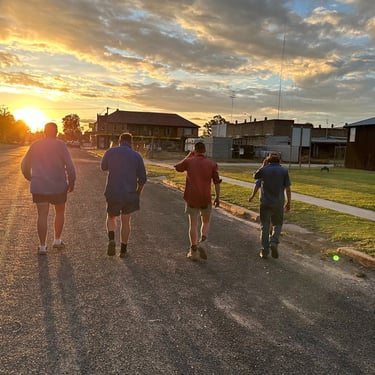
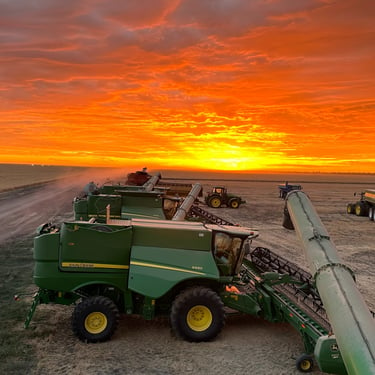
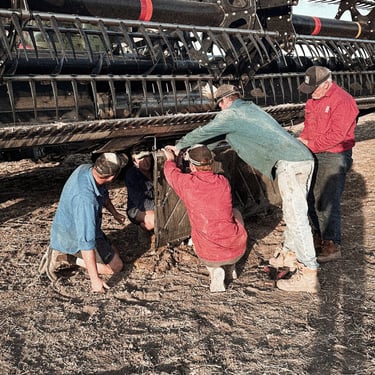
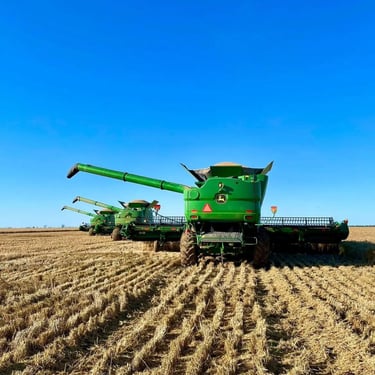
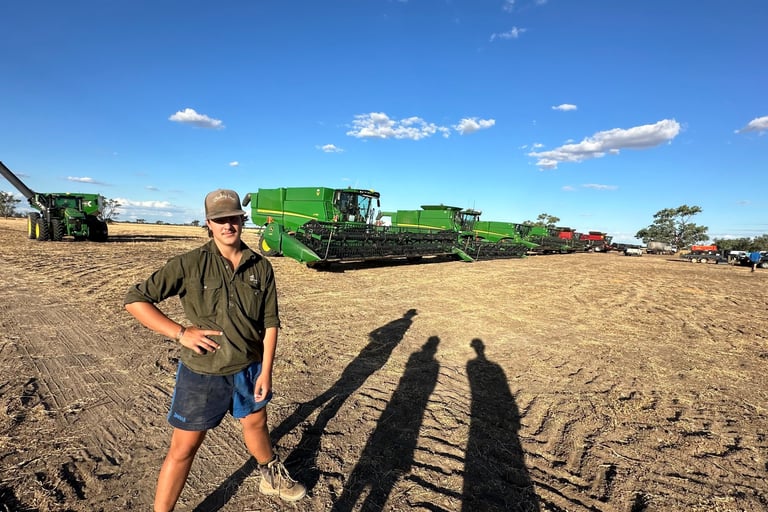

© Copyright Amaël Gicquel - All rights reserved
